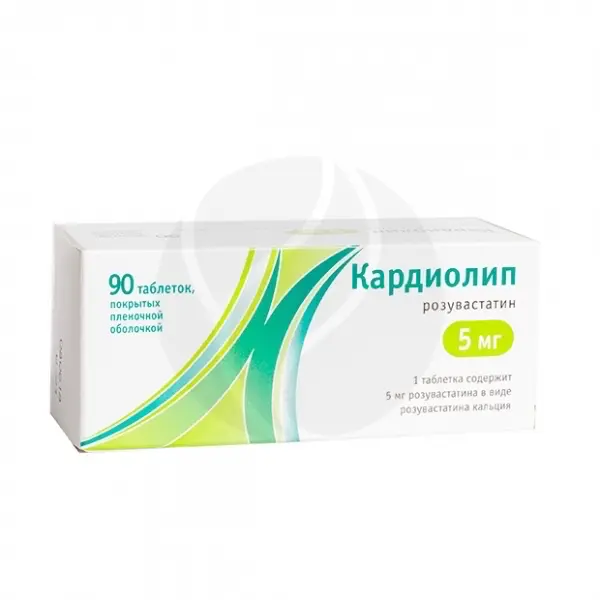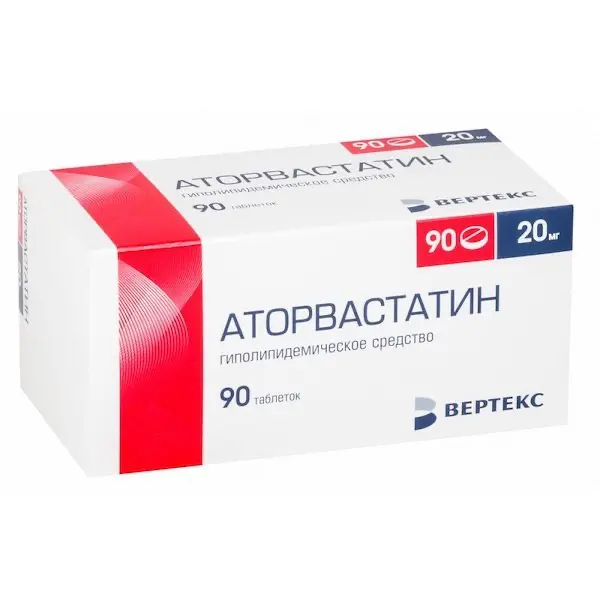Description
Digoxin Pharmacodynamics
Cardiac glycoside, contained in foxglove. It has positive inotropic effect due to its inhibitory effect on Na+-K+-ATPase of cardiomyocyte membrane, which results in increased intracellular sodium ions content and decreased potassium ions content. As a consequence, the intracellular content of calcium, which is responsible for contractility of cardiomyocytes, increases, which leads to an increase in the force of myocardial contractions. Improves cardiac function, while lengthening diastole. The systole becomes shorter and more energy-efficient. Increased myocardial contractility results in increased stroke volume and minute volume. The end-systolic volume and end-diastolic volume of the heart decrease, which, along with an increase in myocardial tone, leads to a decrease in myocardial size and thus a decrease in myocardial oxygen demand. Reduces excessive sympathetic activity by increasing sensitivity of cardiopulmonary baroreceptors.
It has a negative chronotropic effect. The heart rate slowing is largely related to the cardio-cardiac reflex and occurs as a result of direct and indirect effects on heart rhythm regulation. The direct action consists in reduction of sinus node automatism. Of great importance in the formation of the negative chronotropic action is the change in the reflex regulation of heart rhythm: in patients with atrial fibrillation there is a blockade of the weakest impulses; the increase in the tone of n. vagus as a result of reflex from aortic arch receptors and carotid sinus with increasing minute blood volume; decrease of pressure in vena cava mouth and right atrium (as a consequence of increased left ventricular myocardial contractility, its more complete emptying, reduction of pulmonary artery pressure and hemodynamic relief of right heart), elimination of Bainbridge reflex and reflex activation of sympathoadrenal system (in response to increased minute blood volume).
Reduces the rate of excitation through the AV node and lengthens the effective refractory period by increasing the activity of the vagus nerve either by direct action on the AV node or due to the sympatholytic effect. In medium doses, it does not affect the conduction velocity and refractoriness of the Gis-Purkinje conduction system.
It has a direct vasoconstrictor effect, which is most clearly seen when the positive inotropic effect is not realized. At the same time, the indirect vasodilatory effect (in response to an increase in the minute blood volume and reduction of excessive sympathetic stimulation of vascular tone) usually prevails over the direct vasoconstrictor effect, resulting in a reduction of RPS.
Increases pulmonary ventilation in response to hypoxia-induced stimulation of chemoreceptors. Promotes normalization of renal function and increases diuresis.
It has a pronounced ability to cumulate (materially).
In high doses it increases automatism of the sinus node, which leads to the formation of ectopic foci of excitation and development of arrhythmia.
In subtoxic or toxic doses there is a positive butotropic effect, manifested in the development of various (including life-threatening cardiac rhythm disorders) due to electrical instability of cardiomyocytes, in which, due to the blockade of Na+-K+-pump, the concentration of intracellular K+ decreases and the concentration of intracellular Na+ increases and the resting potential converges to the threshold.
Indications
Chronic heart failure in decompensated valvular heart disease, atherosclerotic cardiosclerosis, myocardial overload with arterial hypertension, especially in the presence of a permanent form of tachycardic atrial fibrillation or atrial flutter. Paroxysmal supraventricular arrhythmias (atrial fibrillation, atrial flutter, supraventricular tachycardia
Contraindications
Absolute: glycoside intoxication, WPW syndrome, degree II AV-blockade, intermittent complete block, hypersensitivity to digoxin.
Relative: severe bradycardia, 1st degree AV-blockade, isolated mitral stenosis, hypertrophic subaortic stenosis, acute myocardial infarction, unstable angina pectoris, cardiac tamponade, extrasystole, ventricular tachycardia.
Digoxin penetrates the placental barrier. Digoxin use during pregnancy is possible only in cases when the estimated benefit to the mother exceeds the possible risk to the fetus.
It is excreted with breast milk in insignificant amounts. If it is necessary to use in mother during lactation, it is necessary to control child’s heart rate.
Dosage and administration method
- It is established individually. In moderately fast dosing, the oral dose is up to 1 mg/day in 2 doses. Intravenously, 750 µg/day in 3 injections. Then the patient is transferred to maintenance therapy: orally – 250-500 mcg/day, in vitro – 125-250 mcg/day. In case of slow dysfunction, treatment begins immediately with a maintenance dose of up to 500 mcg/day in 1-2 injections. In paroxysmal supraventricular arrhythmias, 0.25-1 mg is administered by IV or dropwise 0.25-1 mg.
- For children, the saturation dose is 50-80 mcg/kg. This dose is administered for 3-5 days in case of moderately rapid digestion or for 6-7 days in case of slow digestion. The maintenance dose for children is 10-25 mcg/kg/day.
- In patients with impaired renal excretory function the dose should be reduced: in IQ 50-80 ml/min the average maintenance dose is 1/2 of the average maintenance dose for patients with normal renal function; in IQ less than 10 ml/min it is 1/4 of the average dose.





